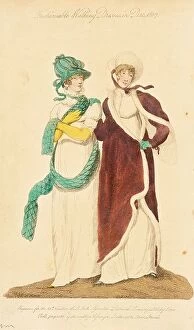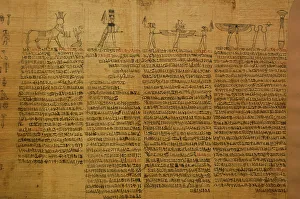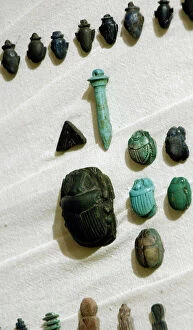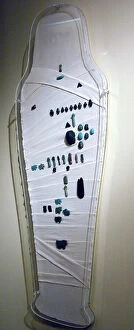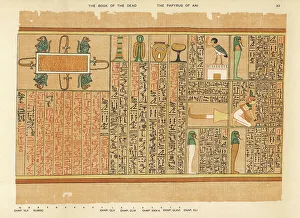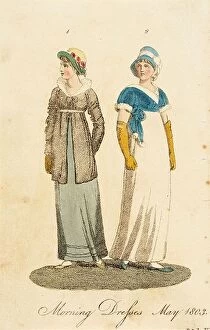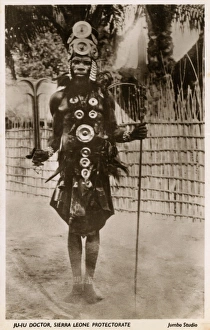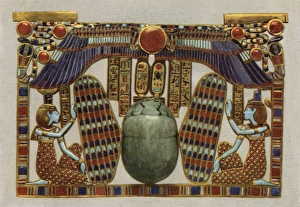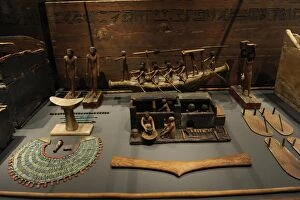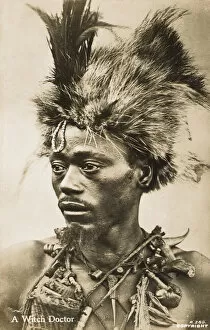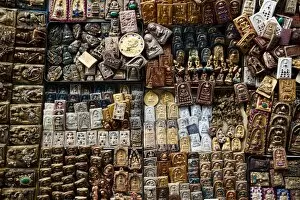Amulets Collection
Amulets: Powerful Symbols of Protection and Belief From Muslim symbols adorning a car in Chatillon-sur-Chalaronne, Ain
All Professionally Made to Order for Quick Shipping
Amulets: Powerful Symbols of Protection and Belief From Muslim symbols adorning a car in Chatillon-sur-Chalaronne, Ain, France to a Buddhist medal found in the bustling streets of Paris, they have long been cherished across Europe. These small objects hold great significance, transcending time and cultures. In Egypt, fragments of papyrus from the Book of the Dead serve as potent amulets. They offer protection and guidance to those who possess them. Ancient Egyptian art showcases intricate ceramic amulets that were believed to bring luck and ward off evil spirits. The Ju-Ju Doctor in Sierra Leone practices ancient rituals using amulets for healing purposes. Passed down through generations, these talismans are seen as sources of spiritual power and protection against malevolent forces. Tutankhamun's tomb revealed an astonishing array of treasures including an exquisite pectoral adorned with ancient Egyptian symbols. These sacred artifacts held immense value not only for their beauty but also for their ability to safeguard the pharaoh on his journey into the afterlife. Scarabs or dung beetles were revered by ancient Egyptians as symbols of the sun god Ra. Used both as amulets and seals, they represented rebirth and eternal life - powerful concepts deeply ingrained in Egyptian mythology. A collection of diverse amulets was crafted with utmost care to combat evil influences and diseases. Lithographs depict this group serving as guardians against harm - a testament to humanity's enduring belief in supernatural protection. Traveling back centuries ago brings us face-to-face with King Sandaineh's regalia from Saloum in Senegambia during the 18th century. His majestic attire included precious amulets symbolizing authority, strength, and divine blessings bestowed upon him by his people. Amulets transcend borders; they bridge gaps between religions, cultures, continents – connecting humanity through shared beliefs in unseen powers that can shield us from harm.




